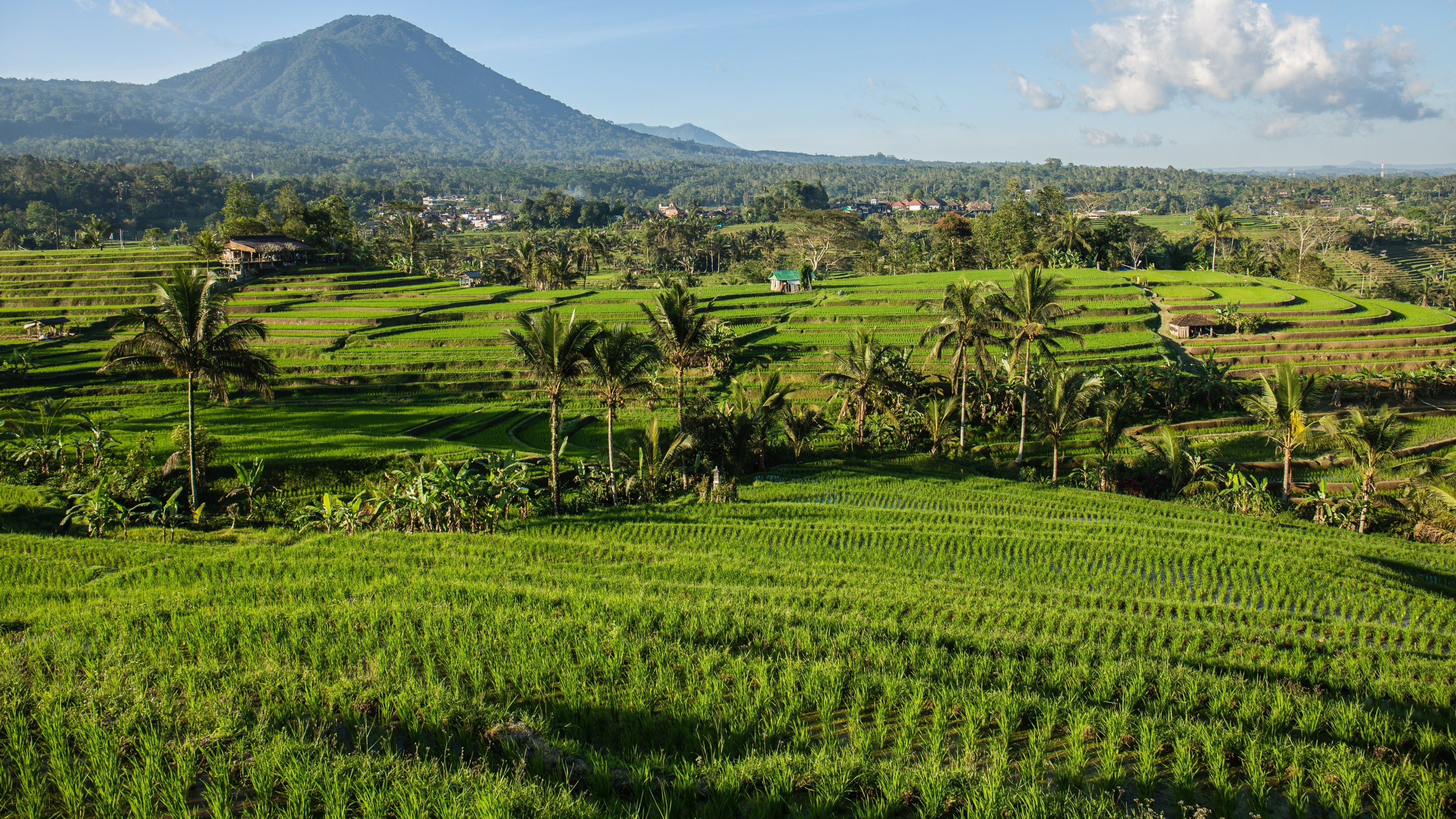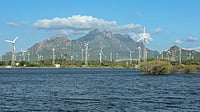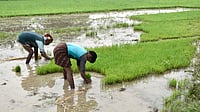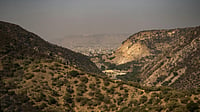After developing countries including G77 and China group rejected the climate finance draft, negotiators came up with lengthier 34-page draft with many repetitions, making it difficult to work with.
The document, that emerged on the third day at UN’s climate summit COP29 being held at Baku, Azerbaijan, consisted of three sections and 13 sub-sections. It has a wide range of options from a New Collective Quantified Goal (NCQG) ranging from $100bn to $2trn, all per year, with varying timelines like 2025-29, 2025-30, etc. The draft suggests that developed countries must provide at least $441bn a year as grant. It has put a lot of options on the table but underlined that the countries have not been able to reach consensus.
All negotiating groups have now asked the co-facilitators to condense the document to make it more manageable. The G77 and China group requested the co-chairs to organise the draft text by themes and not add new ideas to it.
The earlier version of the draft was shortened to 9 pages in October but was rejected on November 12 by developing countries, including Like-Minded Developing Countries (LMDCs), Independent Alliance of Latin America and the Caribbean (AILAC), Alliance of Small Island Developing States (AOSIS) and Group SUR (Brazil, Paraguay, Uruguay, Argentina), which argued that their positions are inadequately represented.
Rising Anxiety Amid Minimal Progress
There is growing concern now as three days of the conference have already passed with little progress.
Joe Thwaites, Senior Advocate for International Climate Finance at the Natural Resources Defense Council, said the growing anxiety comes from the fact that it is already Wednesday (November 13, 2024), with just three more days of the UN climate talks left, as cited in a PTI report.
On the same day, Edi Rama, Prime Minister of Albania, went off-script in the summit and said, “People there [in COP29] eat, drink, meet and take photos together - while images of voiceless leaders play on and on and on in the background.” He added, “To me, this seems exactly like what happens in the real world every day. Life goes on, with its old habits, and our speeches - full of good words about fighting climate change - change nothing.”
Continuing Global South Vs North Rivalry
The primary aim of COP29 is countries reaching an agreement on NCQG. At COP15 held in 2009, developed countries pledged to mobilise $100bn per year to help developing nations cope with climate change by 2020. This target could only be met in 2022, with loans accounting for around 70 per cent of the total climate finance provided.
Among the Global South negotiators, the LMDC group has suggested that $1trn per year is required, the Arab Group has asked for $1.1trn, the African Group $1.3trn, India $1trn and Pakistan $2trn.
Developed nations, on the other hand, want the NCQG to include funding from sources like private companies and investors as well. They also argue that the global economic landscape has changed and that countries have become wealthier. So, they should also contribute to the new climate finance goal.
Developing countries oppose this argument and view this as an attempt to shift responsibility away from those who have historically benefitted from industrialisation and contributed the most to the emissions.
(With inputs from PTI.)






























